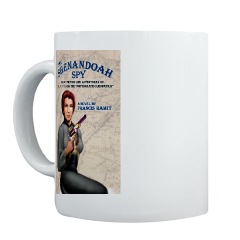 “Affinity merchandise” is a fancy term for everyday promotional items that every business uses to enhance its brand and create good will. They are also known as “advertising specialties” and “swag”. There are so many choices, ranging from pencils, to the latest Flip video mini-camera, that choosing which items will work for you requires some really deep thought.
“Affinity merchandise” is a fancy term for everyday promotional items that every business uses to enhance its brand and create good will. They are also known as “advertising specialties” and “swag”. There are so many choices, ranging from pencils, to the latest Flip video mini-camera, that choosing which items will work for you requires some really deep thought.
You are not just selling your book, but also your brand…and you are a brand. Brands have their own equity, and branding is something you really want to do with your author name because it not only sells your current book, but the ones you’ve written and will write. Much of the current advice about how to promote yourself online is directed towards enhancing your brand. You must have your own web site, and should also be on Myspace, Facebook, Twitter and all the other social networking sites. You also need a Wikipedia entry, and if you’ve noticed that I don’t yet have those it’s simple – there are only so many hours in a day and if I am to get anything done on my core business of writing, I have to set priorities and delegate much of this to team members.
Merchandise is easy now. I used to sell advertising specialties back in the 1970s and then it was more complicated. You had to order dozens of each item, at a minimum, and pay set-up and art charges. Delivery took several weeks. You had all of this stuff laying around. Our friends at CafePress have taken this business to a new level with print-on-demand technology. You can literally buy these items one at a time and, at the same time, create an online store where your fans can buy them, too. Set up fees are not expensive. Take the one year membership at five dollars a month.
I used my book cover art or parts of it and the map we had drawn for the interior to create an entire list of useful items tied to my book. We offer these for sale there as well. Getting it right required some experimentation and we wanted to make sure that the items themselves were of excellent quality. You don’t want your name associated with cheap merchandise that falls apart. So far, the coffee cups and mugs, the wearing apparel like t-shirts and the notecards have all proven out. The trucker’s hat and the wall plaques were a little off, and we dropped them. We also took a bunch of items down to get our list to a manageable size. We bought samples as we went along and we use the big mug as a thank you gift for booksellers who help us with signing events.
This approach got us noticed by a book marketing site in France, which sent me an e-mail query and then ran an article about it, as something new and different. I don’t read French, but they seemed quite taken with the idea.
In the short term I’m not sure this produced any direct sales of “The Shenandoah Spy”, although Amazon France does make it available as an English language title. However, the French language rights are available, which I made sure to tell them. (It’s like playing Chess; you have to look at the whole board in marketing your work.)
By using the cover image on affinity merchandise, we create multiple impressions that eventually penetrate the buyer’s consciousness. I’ve always thought that t-shirts were the ultimate product of this kind. You get people to pay for the privilege of displaying your advertising.
This started with Rock and Roll concerts and science fiction conventions, but it has become so commonplace that most efforts tend to fade into the background. You need a very strong compelling image to catch peoples’ attention. That means that your cover design not only has to be unique and visually striking, it has to scale so that it works at every size from a web thumbnail to a large poster. The files you use for one will generally not work for another. We spent a lot of money to have files reformatted for these various applications. Unless you are very skilled with graphics, hire this done.
Test your merchandise. We bought a number of items and put them to use to see how they hold up. Yes, this costs money, but quality is always a good investment and you want to be sure your image and brand are associated with quality items.
By selling the merchandise to your fans, you also establish a value for what you give away. People look this up. If they find that you normally get $15.00 for a souvenir coffee cup, it makes an impression. Most authors don’t do this, so it gives you a good-will edge. (Bookstore used to give coffee cups to authors who did readings and signings, but these are hard times for retail, so don’t expect that these days.)
When making such a gift, presentation is key. We wrap them in tissue in a nice white pasteboard box when we don’t have them shipped to the recipient after the fact. We try to make a small presentation at the beginning , not the end, of the event. Sometimes your contact schedules your event as their last task of the day. Then they leave, which makes it awkward. If you just leave it for them, they may never see it, and you lose the personal connection. It looks like an afterthought, and therefore a bit patronizing. You want them to cherish this item and show it off, making more impressions for your book. Most books in the brick and mortar space are hand sold by those on the floor.
You may be tempted to buy pens. Don’t. The good ones that meet the quality test are expensive and there is no place for your cover image. I was a trade magazine reporter for many years and received hundreds of free writing implements. I don’t recall the names of any of the companies that provided them. If you are going to provide an object, it should be memorable and appropriate.
That Flip Mini video camera would be memorable, but the kind of thing best used in a swag bag at a major awards show. Save it for the movie and let your producer buy them.
Sign up for CafePress here.
Get an Editorial Review | Get Amazon Sales & Reviews | Get Edited | Get Beta Readers | Enter the SPR Book Awards | Other Marketing Services







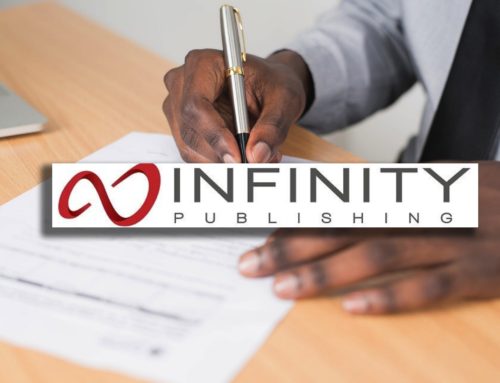
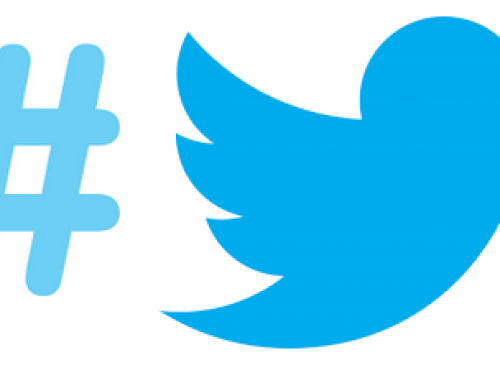

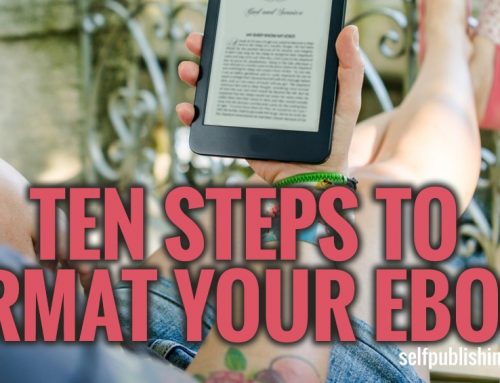
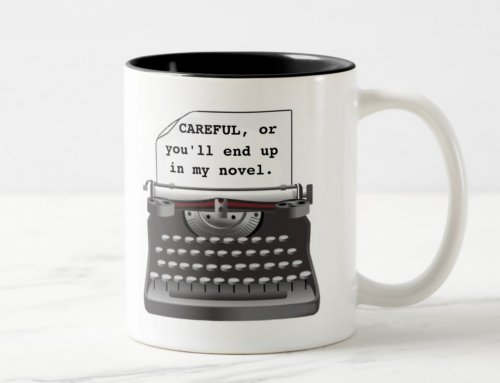
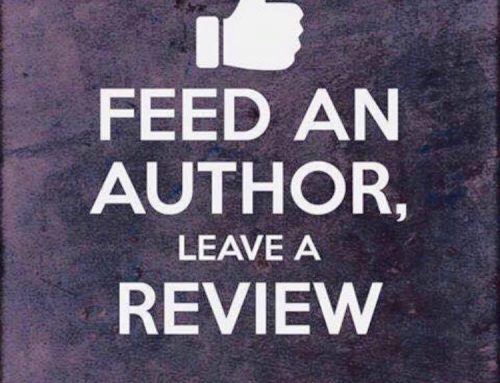
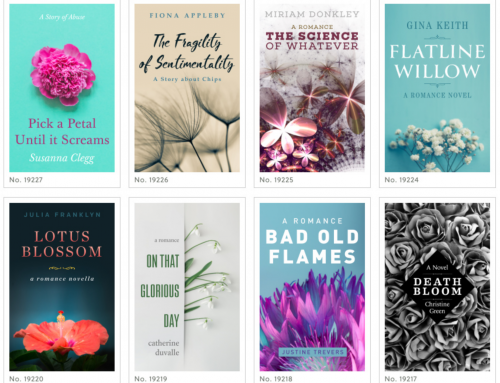
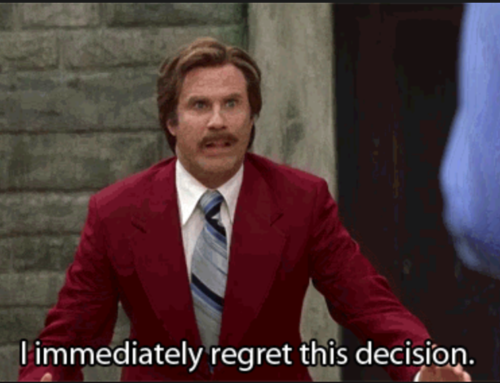
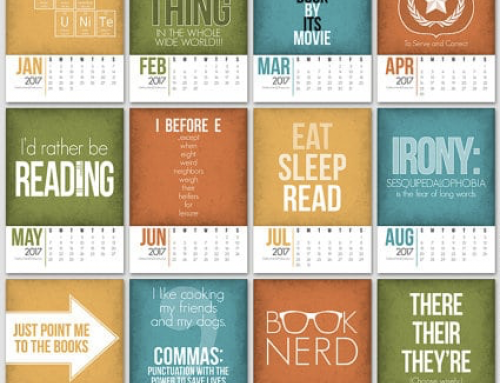

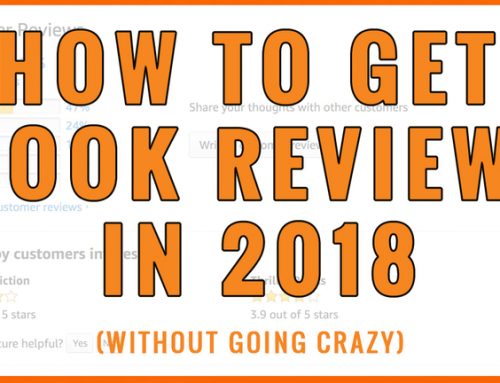
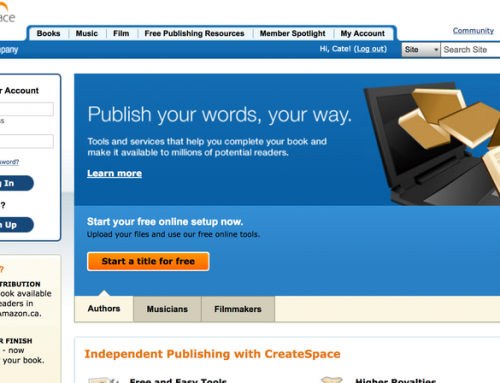
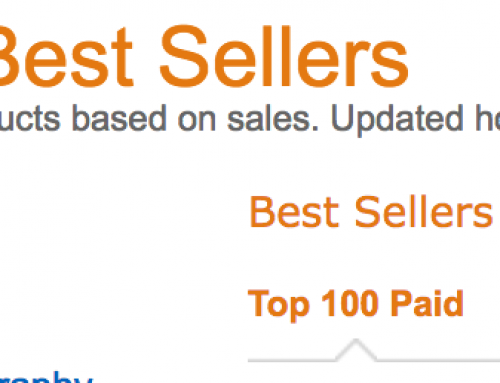
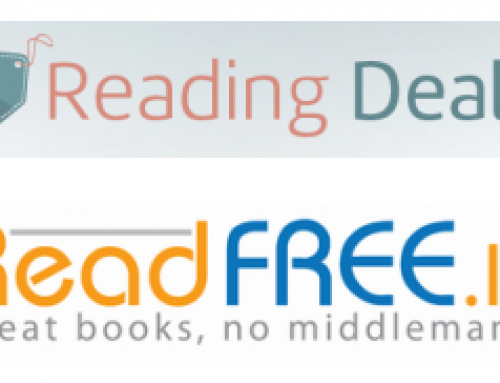
Leave A Comment